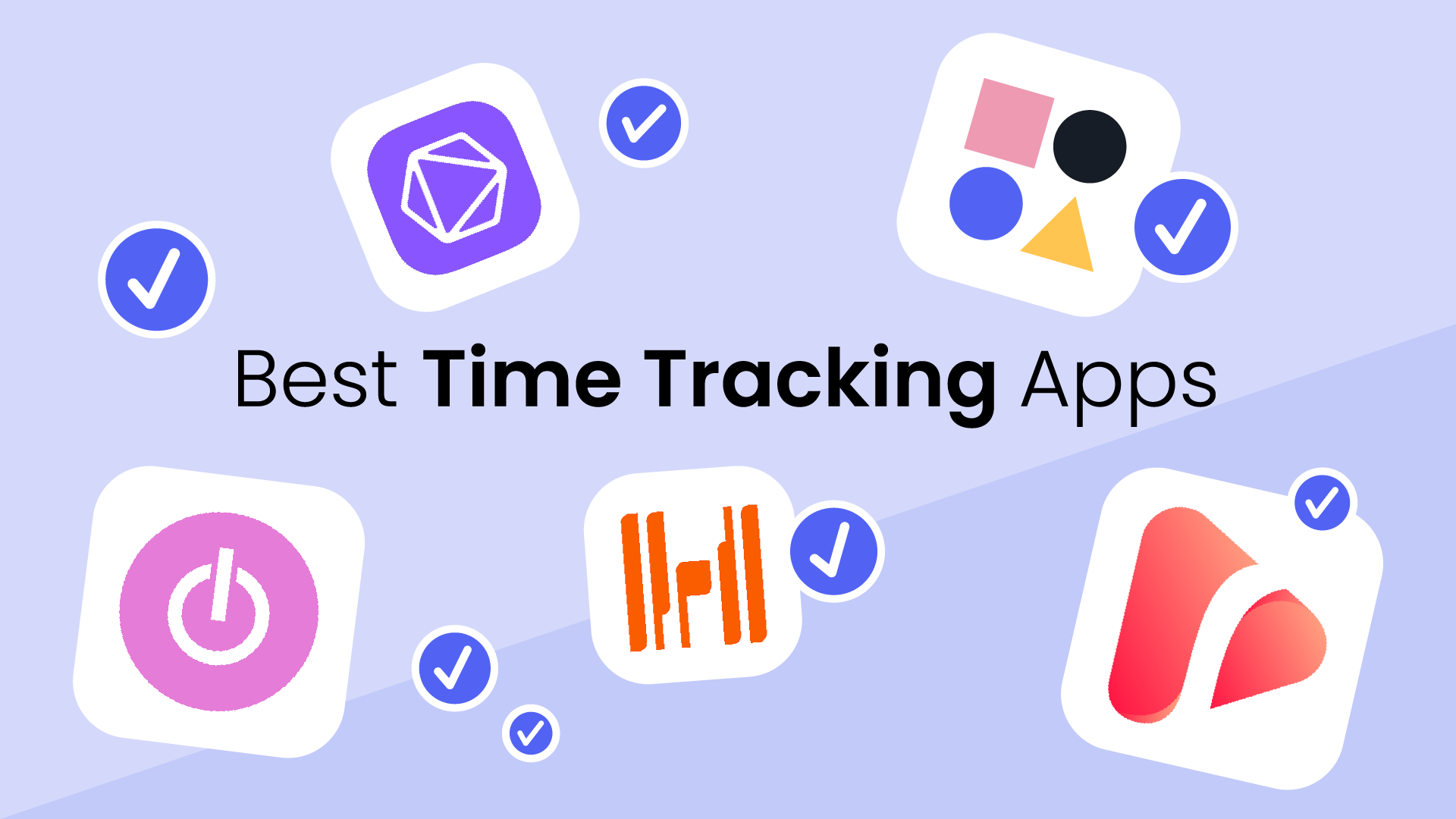Comparing Application Deployment Tools: Features, Pricing, and User Reviews
Choosing the right application deployment tool is crucial for businesses seeking to streamline their deployment processes, enhance efficiency, and reduce errors. In today’s fast-paced software development world, it’s essential to compare the features, pricing, and user reviews of the most popular deployment tools available. Whether you are looking for continuous integration, continuous deployment (CI/CD), or a tool that integrates seamlessly with your infrastructure, this comparison will help you make an informed decision.
🔍 Key Features to Look for in Application Deployment Tools
When comparing application deployment tools, certain features stand out as essential for developers and operations teams. Here are the most important ones to consider:
✅ Easy Integration with CI/CD Pipelines
A good deployment tool should easily integrate with your CI/CD pipelines, enabling you to automate the entire development and release cycle. This feature reduces manual intervention and accelerates the deployment process.
✅ Rollback Capabilities
Rollback is essential for quickly reverting to a stable version in case of issues with the deployment. Tools that allow easy and efficient rollbacks help maintain system reliability.
✅ Scalability
As your infrastructure grows, your deployment tool should be able to handle larger applications, increased traffic, and complex deployments without compromising performance.
✅ Multi-environment Support
Deployment tools should support multiple environments such as development, staging, and production, ensuring consistent deployments across all stages of the software lifecycle.
✅ Security Features
Security is paramount when deploying applications, especially in production. Look for tools that offer encryption, role-based access control, and audit logging.
🏆 Top Application Deployment Tools for 2025
To help you choose the right deployment tool, we’ve compared some of the leading options based on their features, pricing, and user reviews. Here’s a breakdown of some of the top tools available in 2025:
| 🔧 Tool | 💰 Pricing | 🌐 Platform Support | 🔑 Key Features | ⭐ User Rating |
|---|---|---|---|---|
| Jenkins | Free (Open Source) | Cross-platform (Windows, Linux) | Extensive plugin support, Scalability, Custom pipelines | 4.5/5 ⭐ |
| GitLab CI/CD | Free (Premium Starts at $19/month) | Cloud, On-Premises | Built-in CI/CD pipelines, Auto DevOps, Issue tracking | 4.6/5 ⭐ |
| CircleCI | Free (Paid Plans from $15/month) | Cloud, On-Premises | Parallelism, Docker Support, Fast setup, Insights | 4.4/5 ⭐ |
| Travis CI | Free (Paid Plans Available) | Cloud, On-Premises | Simple setup, Integration with GitHub, Supports multiple languages | 4.2/5 ⭐ |
| AWS CodePipeline | Pay-as-you-go (AWS Pricing) | AWS | Integrates with AWS services, Easy to use, Scalable | 4.3/5 ⭐ |
| Octopus Deploy | Starts at $700/year | Windows, Linux, Docker | Release management, Deployment templates, Multi-environment support | 4.7/5 ⭐ |
💡 Feature Comparison of Application Deployment Tools
🔨 Jenkins
Jenkins is one of the most popular open-source tools for continuous integration and deployment. It offers a highly customizable environment, thanks to its extensive plugin support. Jenkins can handle complex deployment pipelines and integrate with a wide range of other tools. However, it requires setup and maintenance, which may not be ideal for all teams.
| Pros | Cons |
|---|---|
| Free and open-source | Requires setup and maintenance |
| Flexible with tons of plugins | Steep learning curve |
| Customizable pipelines |
⚙️ GitLab CI/CD
GitLab CI/CD offers built-in features for continuous integration and continuous delivery. It’s an excellent choice for teams looking for an integrated approach to DevOps. GitLab also offers an issue tracking system and seamless integration with GitLab repositories, making it easy to manage your source code and deployment pipeline in one place.
| Pros | Cons |
|---|---|
| Built-in CI/CD and issue tracking | Some advanced features require paid plans |
| Easy integration with GitLab repositories | Limited integration with third-party tools |
| Free tier available |
🔄 CircleCI
CircleCI stands out for its parallelism and fast setup. It’s known for its ability to run multiple jobs simultaneously, significantly reducing build times. CircleCI supports Docker and integrates easily with popular cloud platforms like AWS and Google Cloud.
| Pros | Cons |
|---|---|
| Fast build times with parallelism | Limited customization compared to Jenkins |
| Easy integration with cloud platforms | Paid plans can get expensive for large teams |
| Free tier for small projects |
🌐 AWS CodePipeline
If you’re already using AWS services, AWS CodePipeline is an excellent option. It integrates seamlessly with other AWS tools, providing a fully managed deployment pipeline. This tool is especially beneficial for teams that need scalable solutions for cloud-based applications.
| Pros | Cons |
|---|---|
| Integrates perfectly with AWS services | Limited outside AWS ecosystem |
| Fully managed service | Pay-as-you-go pricing may get expensive depending on usage |
| Scalable |
🛠️ Octopus Deploy
Octopus Deploy is a powerful release management tool that excels in complex deployment strategies. It supports multi-environment deployments and includes built-in templates for faster setup. It is especially well-suited for teams with large-scale applications that require a structured release process.
| Pros | Cons |
|---|---|
| Robust release management features | Expensive compared to open-source tools |
| Multi-environment deployment support | Primarily for large enterprises |
| Highly customizable |
🏁 Conclusion: Which Deployment Tool is Right for You?
Selecting the right application deployment tool depends on your specific needs and infrastructure. If you’re looking for a flexible, open-source solution, Jenkins is a great choice. For teams already using GitLab, the GitLab CI/CD pipeline offers an integrated solution. If you need speed and scalability, CircleCI or AWS CodePipeline could be the right fit. Lastly, for teams needing advanced release management, Octopus Deploy is a powerful choice.
By comparing features, pricing, and user reviews, you can choose the tool that will best meet your deployment needs and improve your software delivery process.




